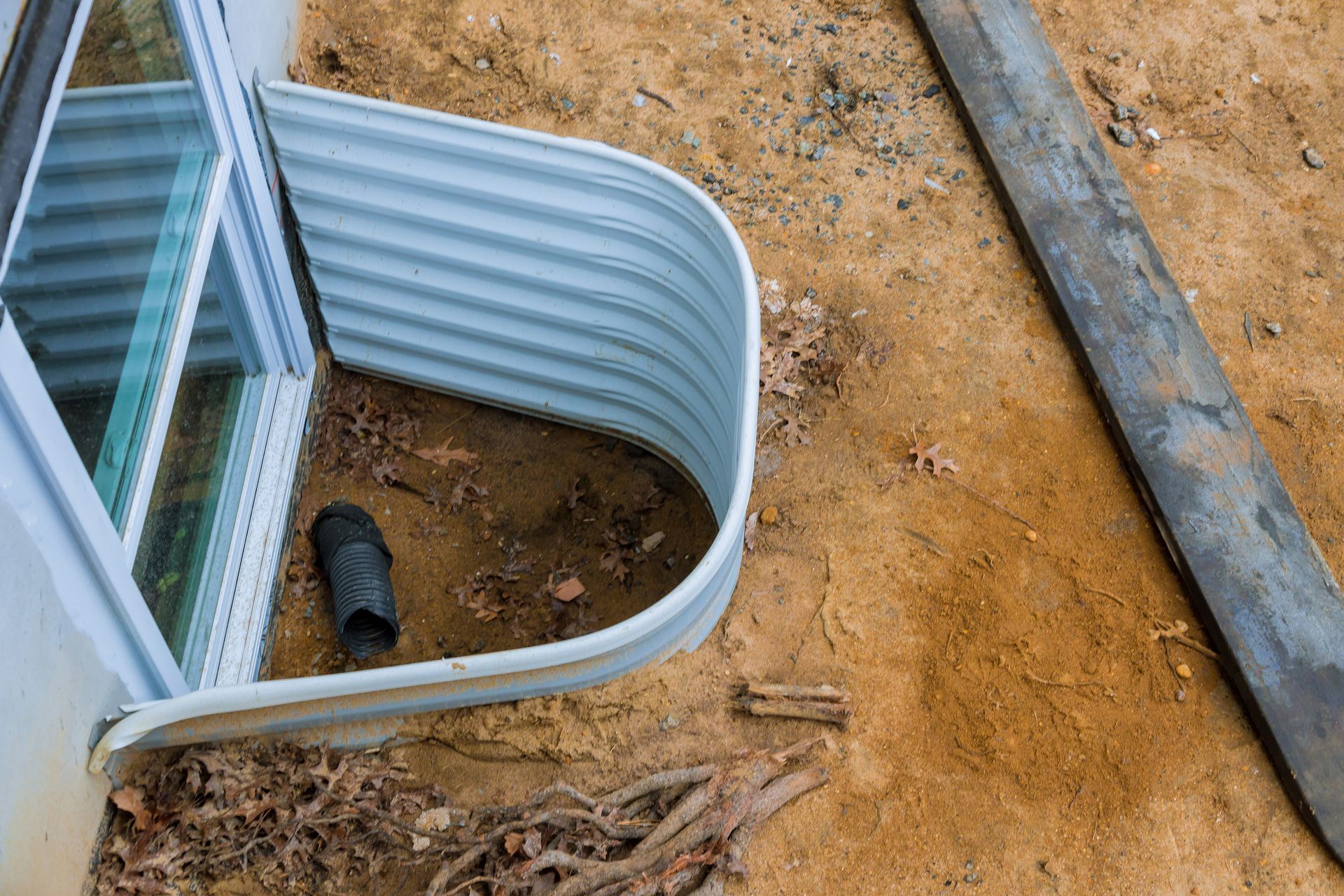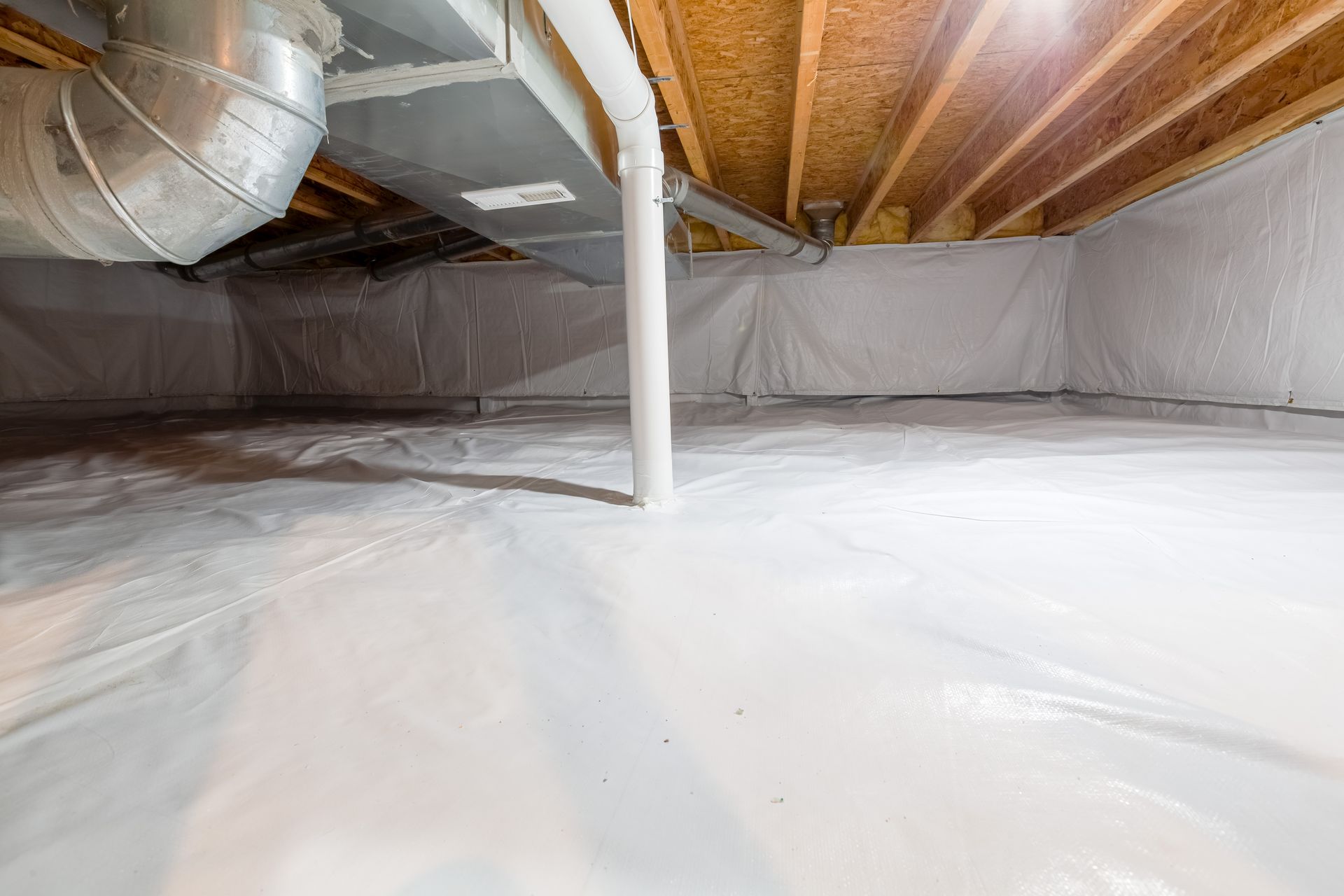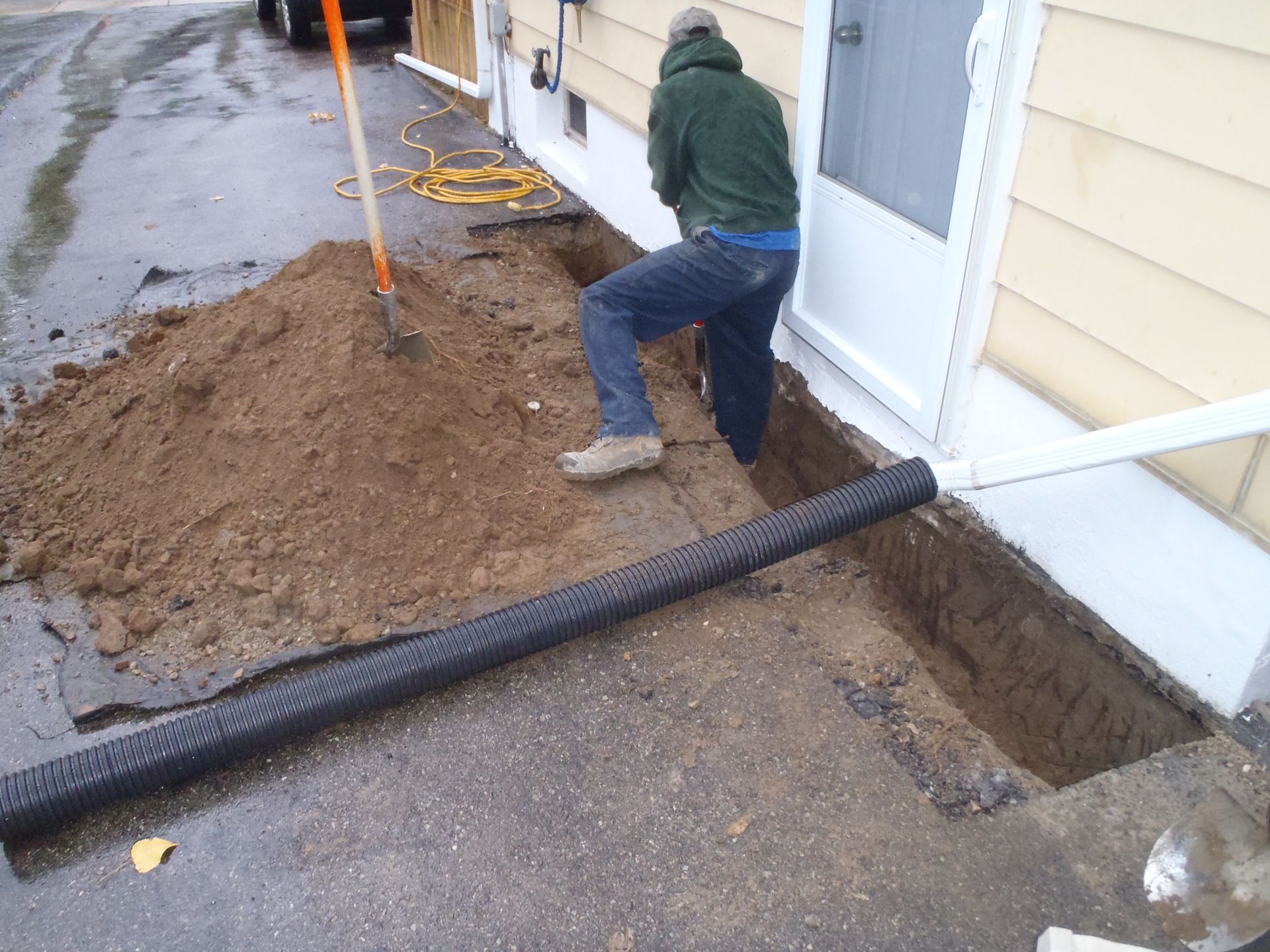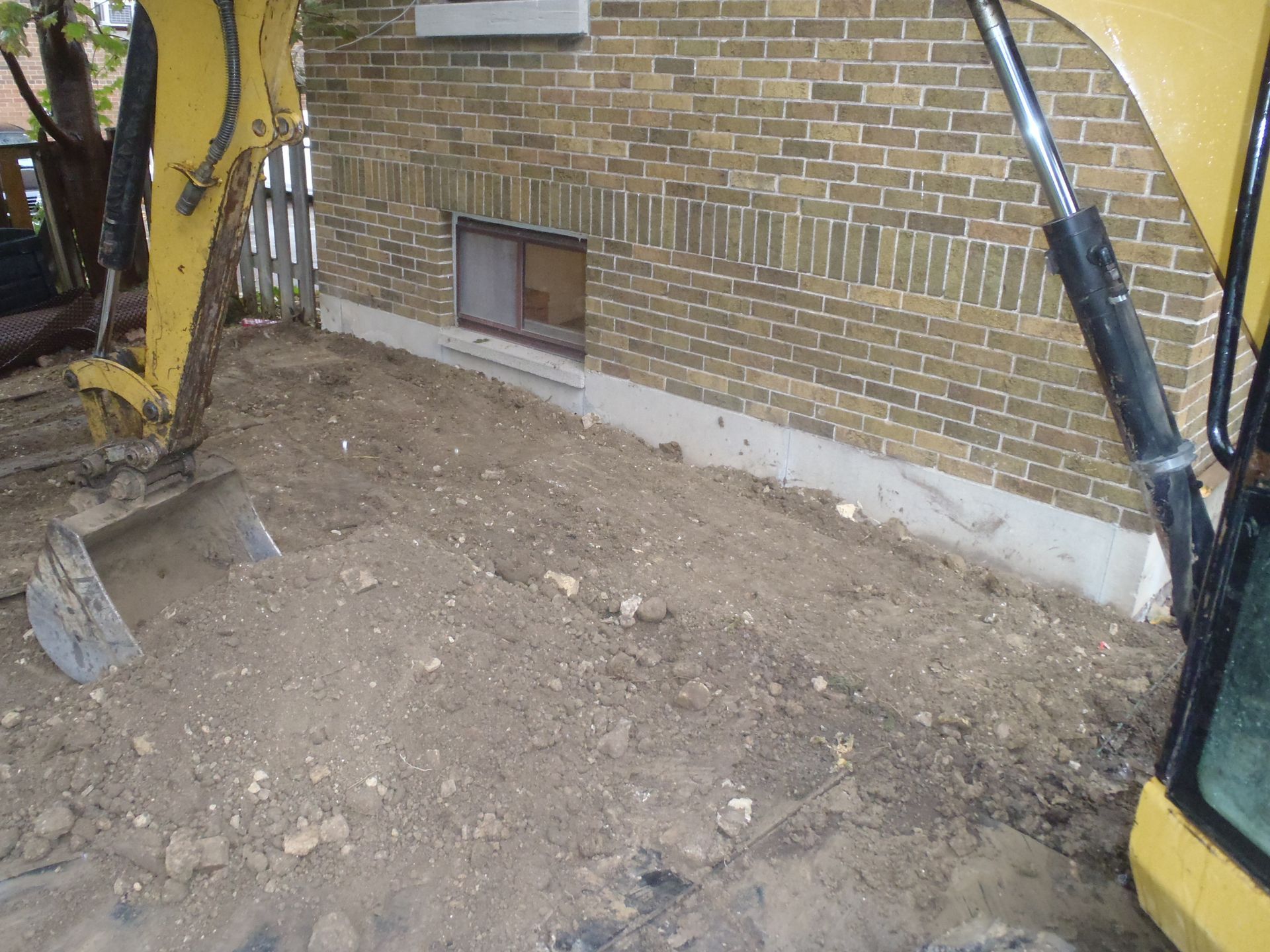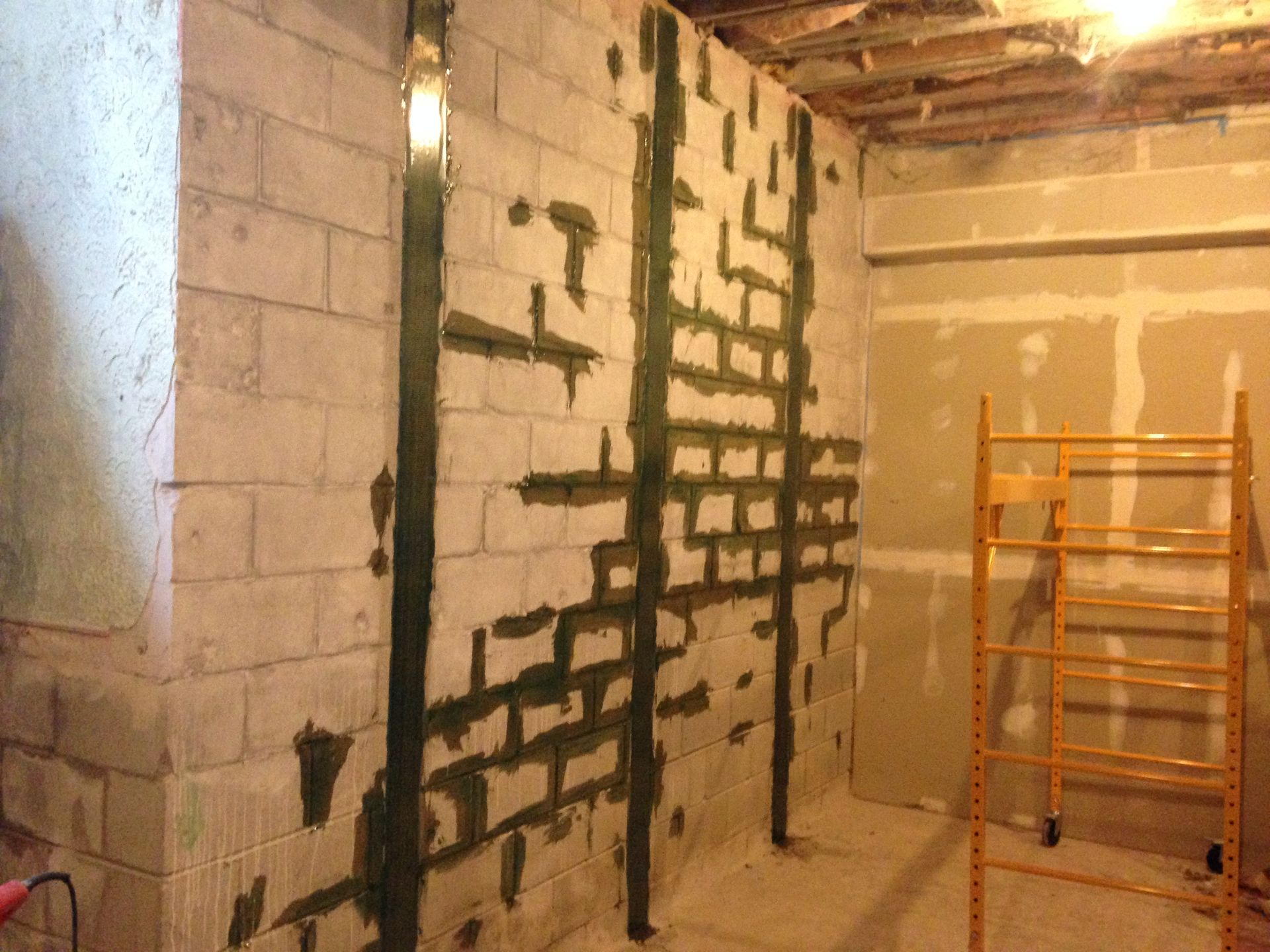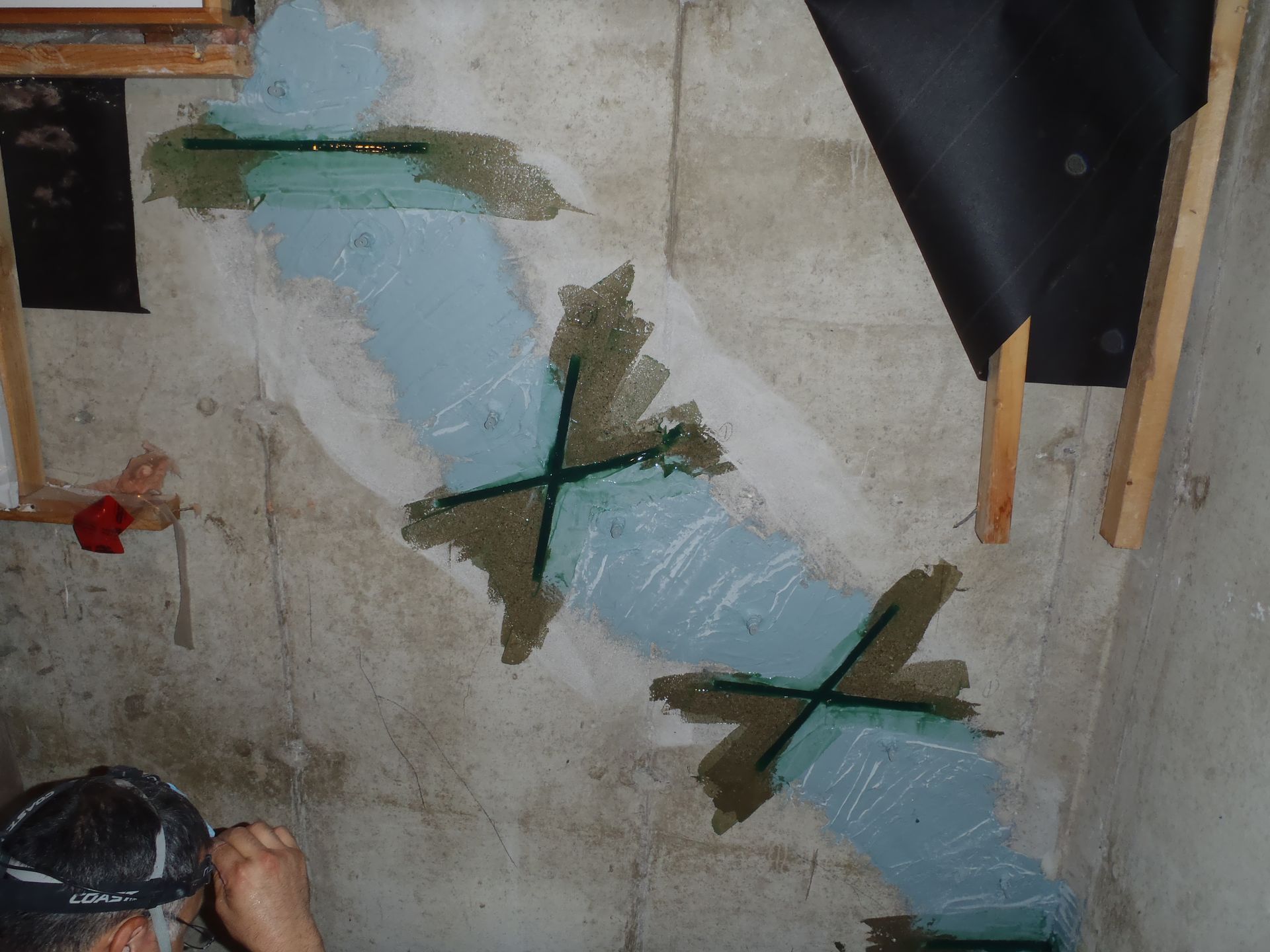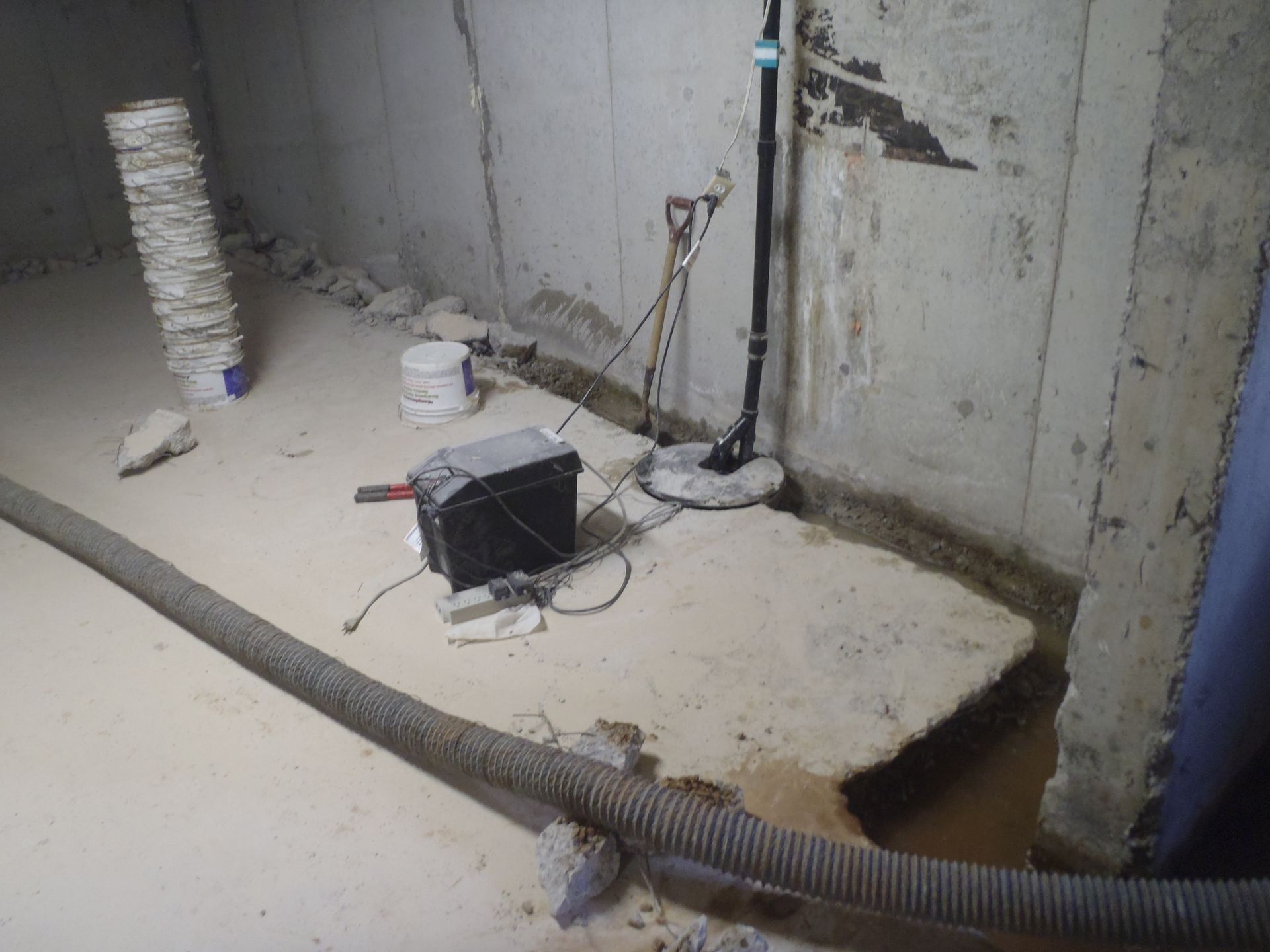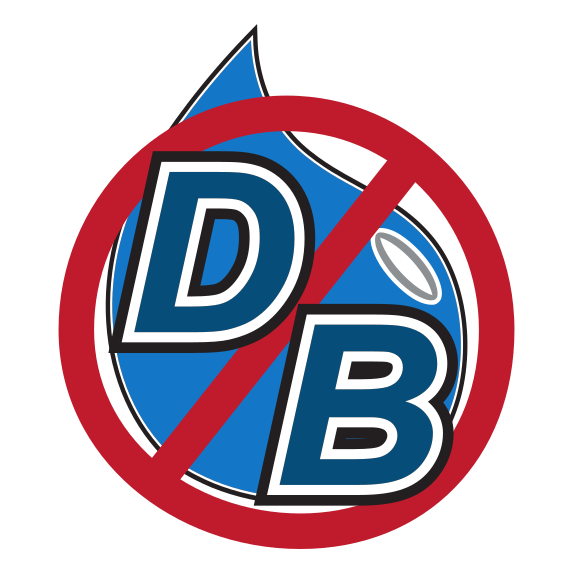Weeping Tile 101: What Homeowners Need to Know about This Essential Waterproofing System
When it comes to protecting your home from water damage, it's essential to have the right waterproofing system in place. One of the key components of any effective waterproofing system is the weeping tile. In this article, we'll dive deep into the world of weeping tiles, discussing what they are, how they work, and why they're so important for the health and safety of your home.
What is a Weeping Tile?
The term "weeping tile" might be misleading, as weeping tiles are not actually tiles at all. Rather, they are porous pipes made of plastic or clay. These pipes are buried around the perimeter of your home's foundation, and their primary function is to collect excess water and channel it away from the foundation.
Weeping tiles are sometimes referred to as drain tiles or perimeter drains, but regardless of the name, their purpose remains the same: to keep your home's basement or crawlspace dry and prevent water damage to the structure.
In order to appreciate the effectiveness of weeping tiles, it's important to understand how they work. When water accumulates around your home's foundation, whether it's from rain, melting snow, or high groundwater levels, it creates hydrostatic pressure against your home's walls. This pressure can force water through cracks and gaps in the foundation, leading to leaks, flooding, and potentially serious structural damage.
Weeping tiles are designed to alleviate this pressure by providing an efficient route for water to escape. The porous pipes collect excess water from the surrounding soil and channel it away from your home's foundation, either into a storm sewer or a sump pump. This relieves hydrostatic pressure and helps to keep your basement or crawlspace dry.
Why are Weeping Tiles Important?
The importance of weeping tiles cannot be overstated. A well-functioning weeping tile system is essential for preventing water damage and maintaining the structural integrity of your home. Here are a few reasons why:
Water damage prevention: A properly installed weeping tile system can prevent basement flooding and the resulting water damage to your home's interior, belongings, and foundation.
Mold and mildew reduction: By keeping your basement or crawlspace dry, weeping tiles help reduce the risk of mold and mildew growth, which can lead to unpleasant odors, allergens, and even health problems.
Structural stability: When water seeps into your home's foundation, it can cause cracks, bowing, and other issues that threaten the structural stability of your home. A weeping tile system helps prevent these problems by effectively managing hydrostatic pressure.
Increased home value: A dry and structurally sound basement is an attractive selling point for potential homebuyers. Ensuring your home's weeping tile system is in good condition can help increase your property's value.
How to Maintain Your Weeping Tile System
Like any other component of your home, your weeping tile system requires regular maintenance to remain effective. Here are a few tips to help ensure your weeping tiles are functioning at their best:
Inspect regularly: Make it a routine to check for signs of water damage or excessive moisture in your basement or crawlspace. If you notice any issues, it's essential to address them promptly.
Clean gutters and downspouts: Keeping your gutters and downspouts clean and functioning properly can help prevent water from pooling around your home's foundation, putting less strain on your weeping tile system.
Schedule professional inspections: It's a good idea to have your weeping tile system professionally inspected every few years to catch any potential problems early on.

